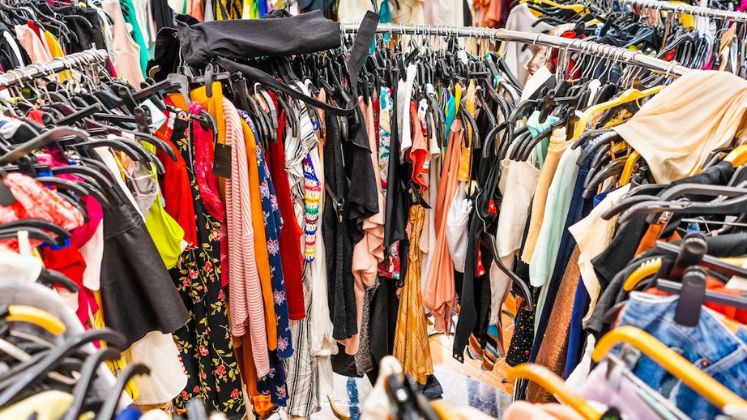
Taking Stock of Progress Against the Roadmap to Net Zero 2025, the annual report from the non-profit Apparel Impact Institute (Aii), shows that emissions from the apparel sector increased by 7.5% in 2023.
Aii started monitoring the industry’s climate progress in 2019, and this sharp increase in greenhouse gas emissions is the first to occur year over year. At 944 million tonnes, the industry’s overall emissions for the year represented almost 2% of world emissions, significantly detracting from its 2030 target of reducing its carbon footprint.
The industry’s expanded production of clothing, such as ultra-fast fashion, and its increasing reliance on virgin polyester were the main causes of the emissions increase.
With 57% of the world’s total fibre production, polyester was the most widely used fibre in 2023. The output of fibre was composed of 6% synthetic cellulosic fibres like viscose and 20% cotton.
According to the report, the emergence of superfast fashion businesses like SHEIN, a Chinese online retailer, is another major factor contributing to the surge in emissions.
The report goes on to say that the garment industry is significantly out of step with the 2050 net zero targets due to projected increases in emissions. The Science Based Targets Initiative has authorised climate change targets or pledges to set them for over 600 businesses in the industry.
According to the report, more and more companies are cutting their scope 3 emissions and collaborating with suppliers to expand their environmentally friendly operations. Among them are H&M, which cut its scope 3 emissions by 23% between 2019 and 2024, as well as Fast Retailing, the parent company of Uniqlo, Puma, and Inditex.
Shenzhou Group’s 24% reduction in Scope 1 and 2 emissions between 2022 and 2024, Elevate Textiles’ 35% reduction in emissions since 2019, and Artistic Milliners’ US $ 100 million investment in renewable energy all demonstrate how suppliers are increasing their decarbonisation efforts and investments.






